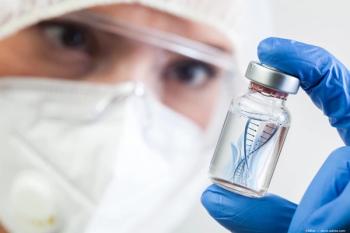
Negative effect of alcohol abuse on corneal endothelial cells
Alcohol abuse is associated with significant alterations to corneal endothelial density and morphology.
Alcohol abuse may have a detrimental effect on the corneal endothelial cells,1 according to Ranit Karmakar, BTech, from the Department of Electrical and Computer Engineering, Michigan Technological University, Houghton, MI, and colleagues.
Because of the prevalence of alcohol abuse worldwide, he and his associates retrospectively analyzed the images obtained from 10,322 eyes of 5,624 donors from 1 eye bank. The donor demographic information and medical histories were available for each tissue. The investigators used a standardized protocol to assess the endothelial cell density, hexagonality, and variations, they explained.
The primary outcome was an association between alcohol abuse and corneal endothelial metrics.
The investigators reported that among the 5,624 donors, the mean ± standard deviation endothelial cell density was 2,785 ± 383.0 cells/mm2. Indicators of alcohol abuse were found in 1,382 donors (24.5%).
Multivariable regression analysis that included age, sex, tobacco use, history of cataract surgery, and diabetes mellitus showed that alcohol abuse was associated with a decrease of 60.9 cells/mm2 (95% confidence interval [CI], -83.0 to -38.7 cells/mm2, P = 7.6 × 10−8), an increase in the coefficient of variation by 0.0048 (95% CI, 0.17–0.79, P = 0.002), and a decrease in percent hexagonality by 0.93% (95% CI, -1.3 to -0.6, P = 4.5 × 10−7).
The study concluded that alcohol abuse is associated with significant alterations to corneal endothelial density and morphology.
Reference:
1. Karmakar R, Nooshabadi S, Lohmeier J, Terrin S, Eghrari A. Alcohol abuse is associated with alterations in corneal endothelial cell morphology. Cornea. 2023;42:444-8; DOI: 10.1097/ICO.0000000000003067
Newsletter
Don’t miss out—get Ophthalmology Times updates on the latest clinical advancements and expert interviews, straight to your inbox.



















































.png)


